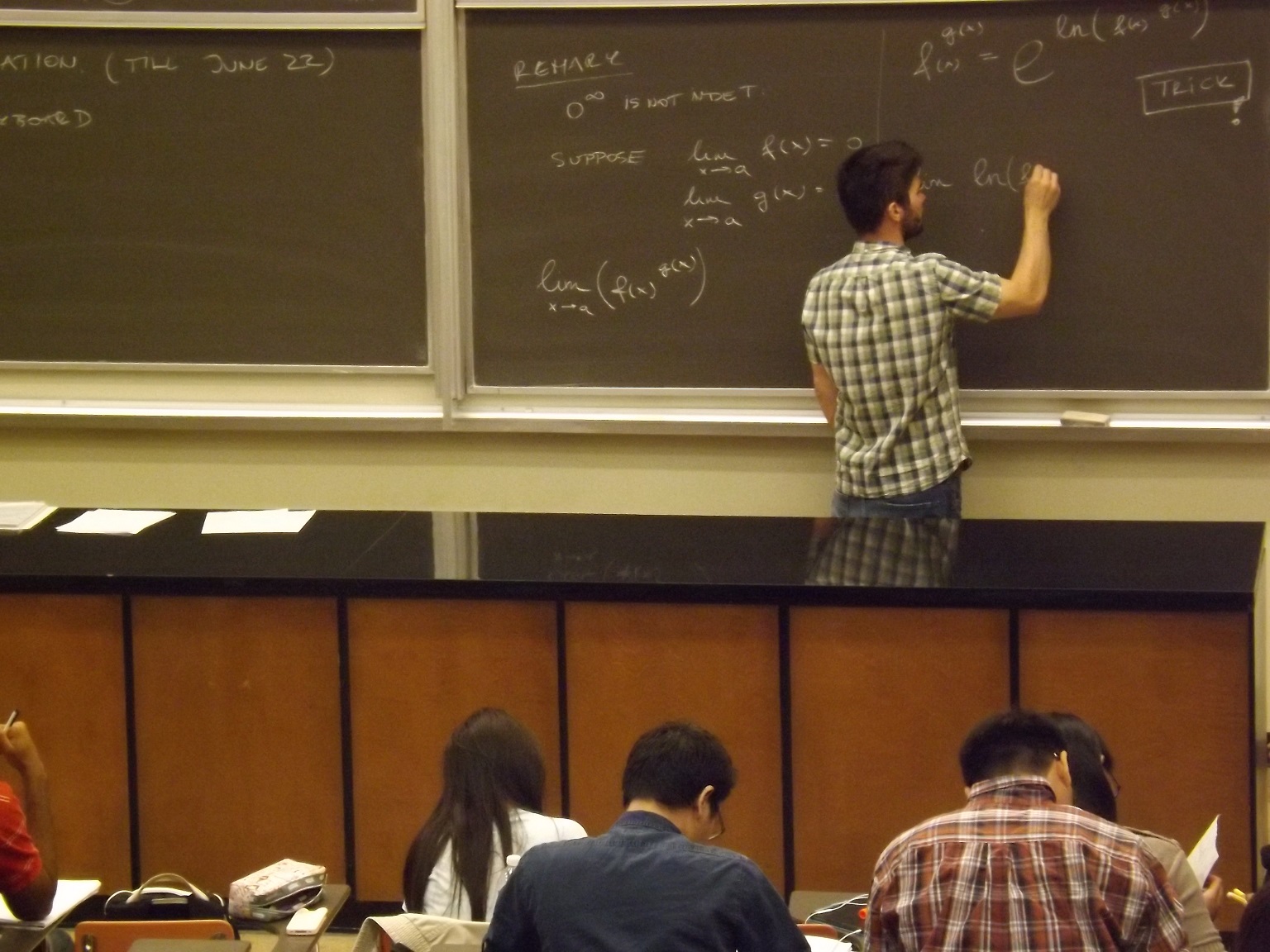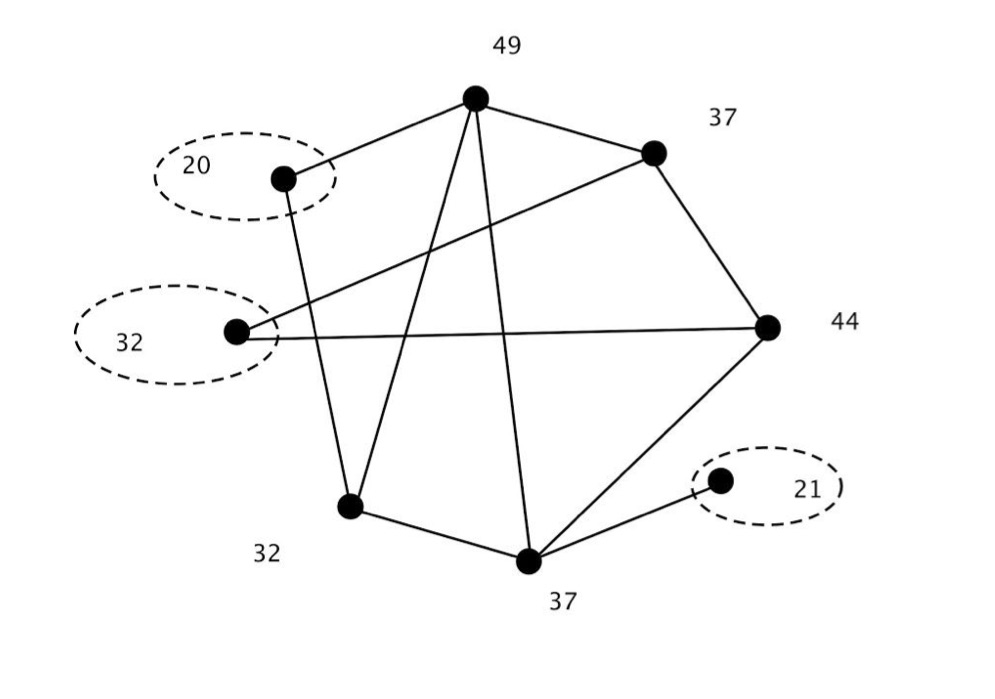current teachingUniversity of Vienna: 2019 Summer: Modern techniques in combinatorial set theory. What original ideas lead to the breakthrough results of infinite combinatorics in the last 30 years? Which methods found the widest range of applications? The main purpose of this course is to overview novel techniques from the theory of (mostly) discrete structures of small uncountable size. We will survey applications from graph theory, the geometry of Euclidean spaces, topology, analysis and algebra. We will cover inductive constructions based on elementary submodels; coherent maps, walks on ordinals and applications of rho-functions; and various approximation schemes. We shall also point out several open problems that wait to be solved. The course aims to provide a working mathematician's toolbox without going too deep into any one specific area. The course is aimed at advanced bachelor and graduate students with an interest in combinatorial questions, set theory or logic.
past teachingUniversity of Calgary: 
2016 Winter: MAT265 University Calculus I. University of Toronto: 2015 Summer: MAT135H1F with Yuri Cher, course website. 2014 Fall: MAT136H1F with Daniel Rowe, course website. 2014 Summer: MAT135H1F with Ivan Khatchatourian, course website. 2012-14: MAT1000/MAT1001 Analysis with Almut Burchard. Eötvös Loránd University: 2010-11: Topics in General Topology, exercise sheets: 1st 2nd 3rd 4th 5th 6th |
Outreach
Public-key cryptography
|
Further materialsTeaching dossier: download here (password protected). |